A Cultural & Community Restoration: 1970s to Present
Introduction
Text-to-speech Audio
The rise of suburbs in the mid-20th century led to a decrease in population in city centers and a loss of tax revenue to maintain those areas, causing urban decay. Suburbanization also reinforced housing segregation, with "white flight" taking white Kansas Citians away from urban centers and relocating them to racially and economically restricted suburban developments. Marginalized communities were left in areas that began to decay. However, many individuals and groups worked towards the revitalization of negatively impacted neighborhoods. Additionally, many civil rights groups worked towards the end of racially exclusive housing developments, achieving change throughout the 20th century. While revitalization and civil rights efforts were met with success, rapid suburbanization and racial exclusion in the housing industry still leaves an indelible mark on the city today. Many events shaped the city and impacted its development throughout the past five decades, leading to the vibrant city known today. Now, with numerous culturally diverse neighborhoods, Kansas City's story has become one of collective heritage, perseverance, civic unity, urban improvement, hope, and pride.
Images
Community Restoration Wall Plaque
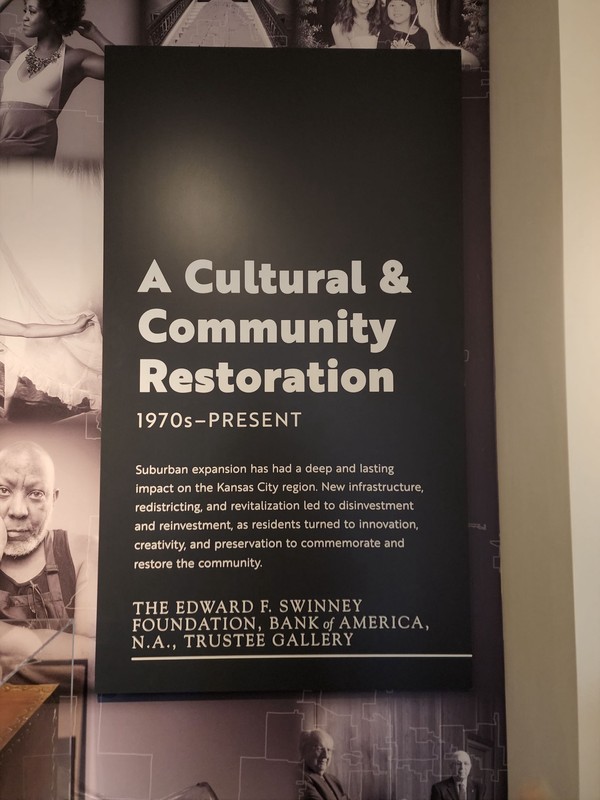
Neighborhood Demographics
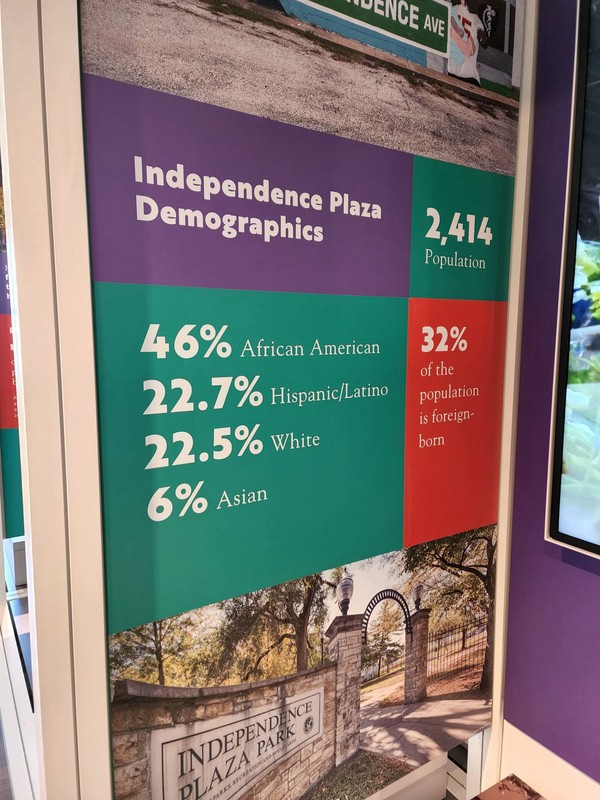
Neighborhood Demographics
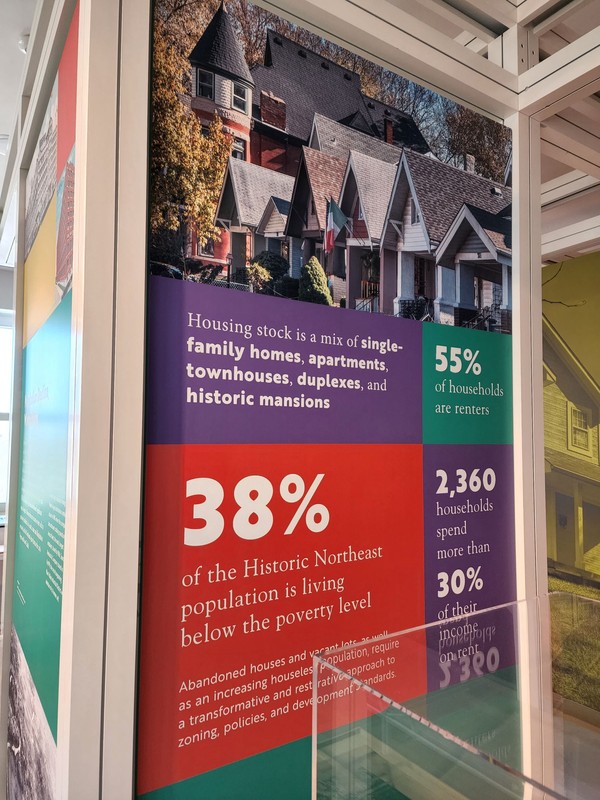
Investment and Connection Wall Plaque
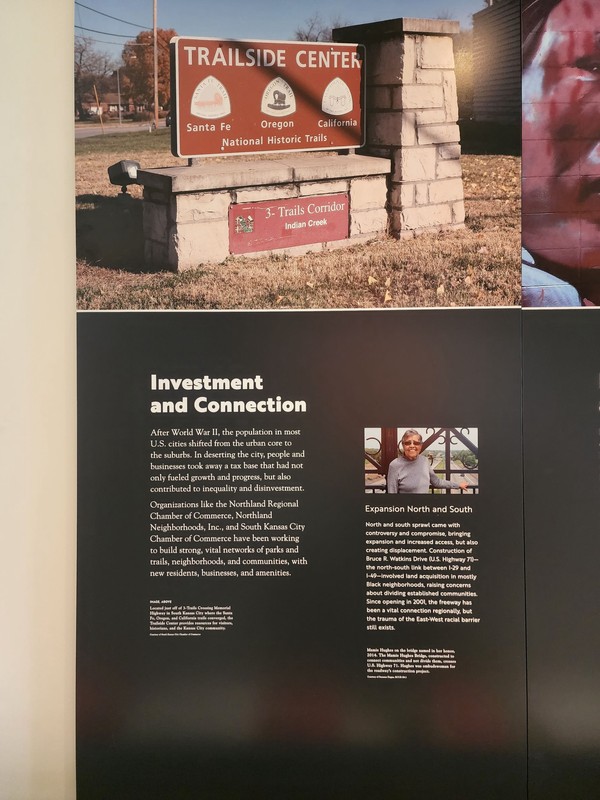
Neighborhood Demographics
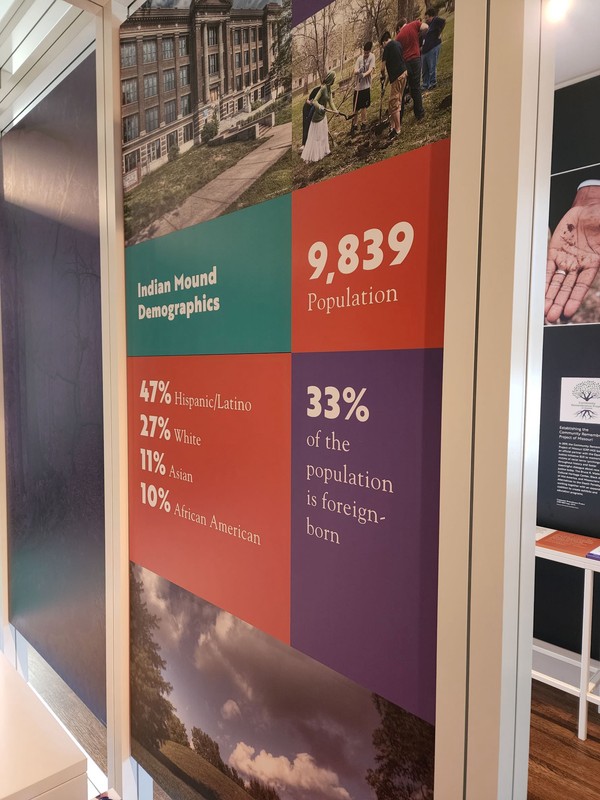
Neighborhood Demographics
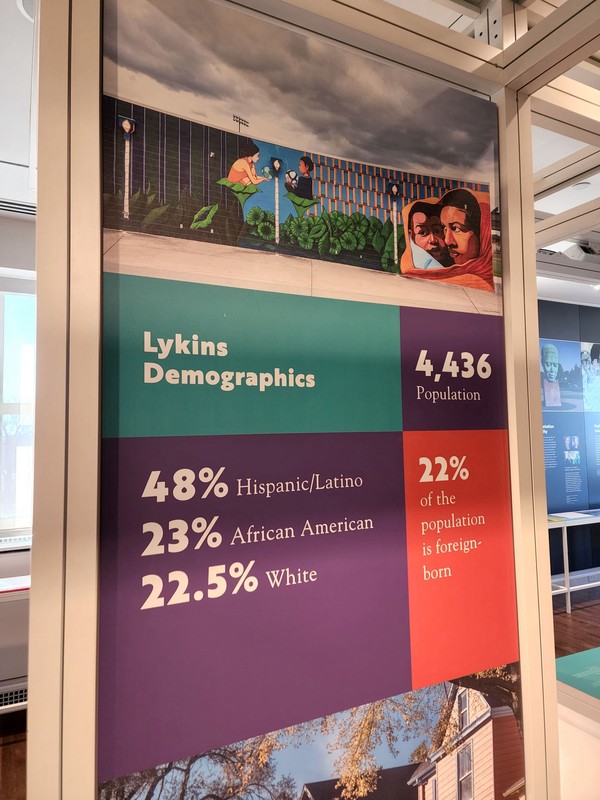
Heart of America Indian Center
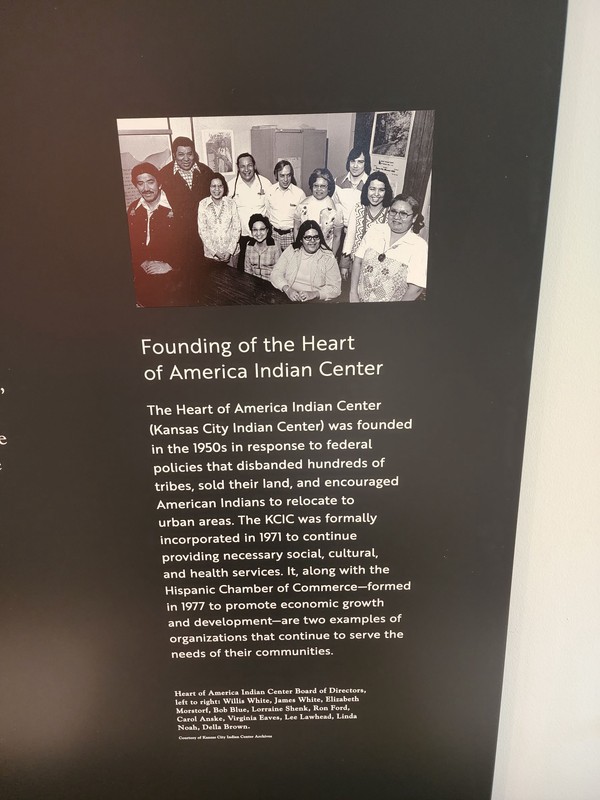
Map of different neighborhoods in Kansas City
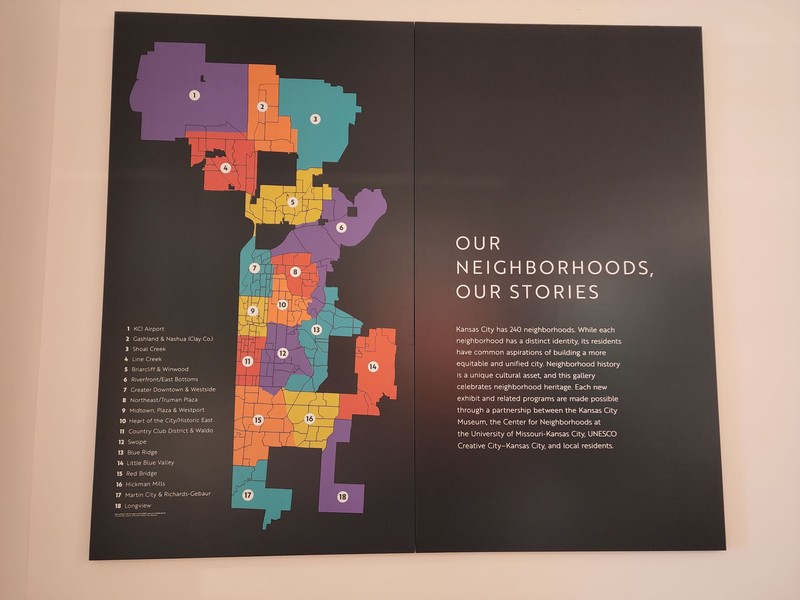
Neighborhood Demographics
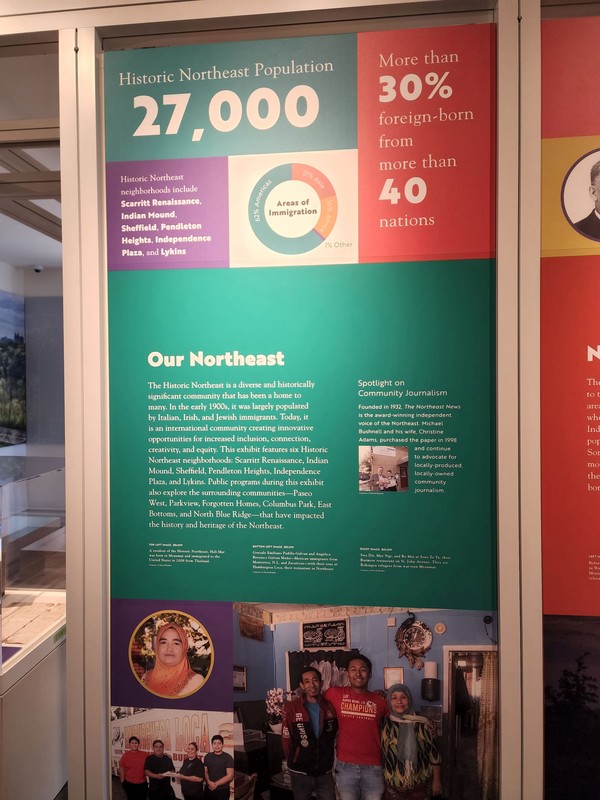
Historic and Cultural Preservation in Kansas City
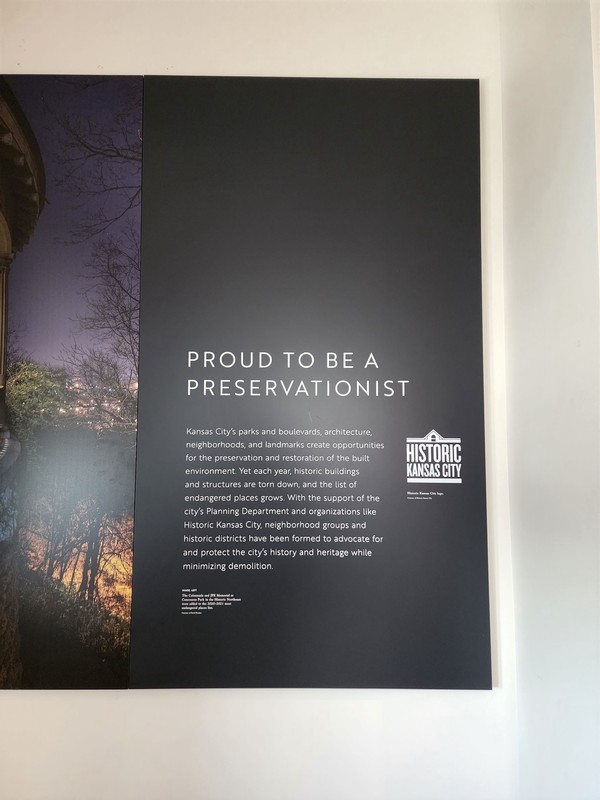
Dr. Mindy Thompson Fullilove Quote

Representation and Equity Wall Plaque
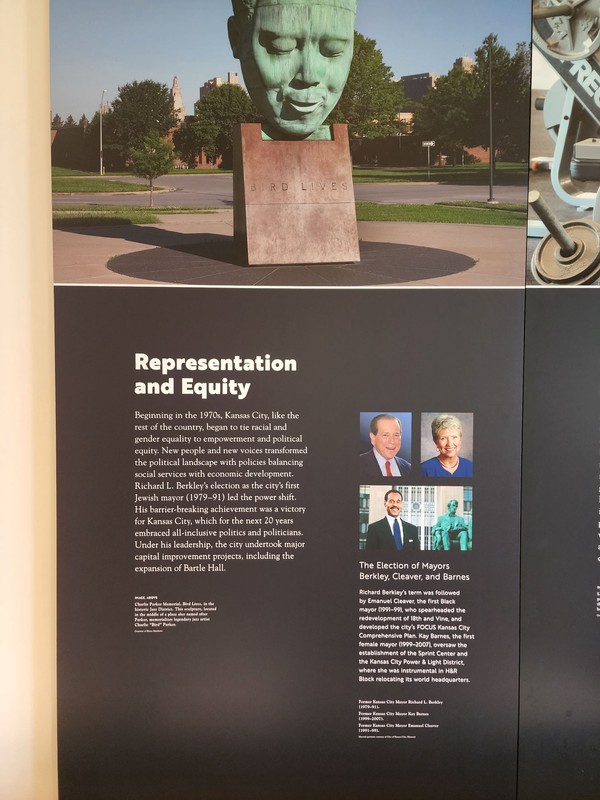
Neighborhood Demographics
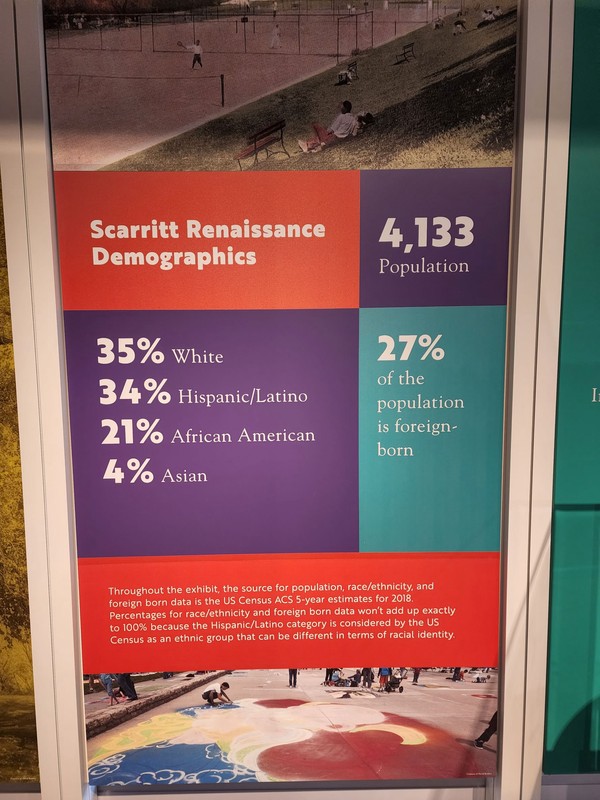
Neighborhood Demographics
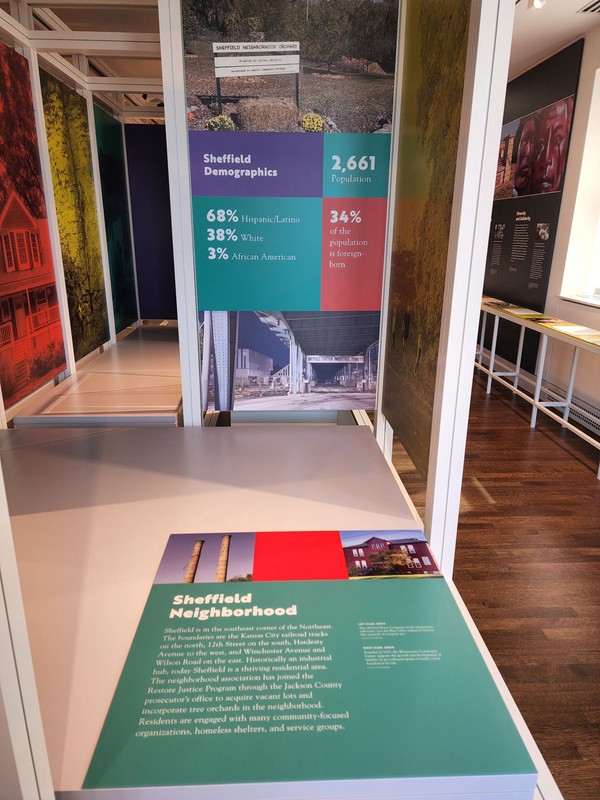
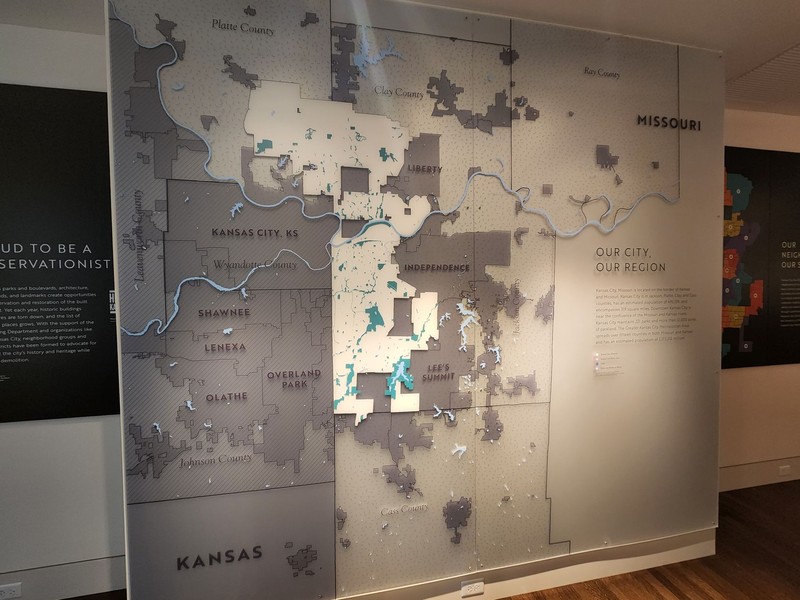
Backstory and Context
Text-to-speech Audio
"So we restore a city, what then?...The city is an engine of our society, a machine for problem-solving, a mill to grind issues until they are fine and can be baked into the bread of change."1
After the lasting impacts of the suburbanization of the 20th century, Dr. Mindy Fullilove calls attention to the importance of revitalizing urban centers and neighborhoods for ensuring equality and improvements in communities. Urban and neighborhood revitalization has greatly impacted Kansas City throughout the past five decades, and improvements continue to be made today. Innovation sparked by residents led to positive change within the city, and many individuals and organizations contributed to changes within the city that were necessary for growth, equality, and development.
While city revitalization can positively impact a community, there have been many instances of negative impacts as well, especially when city revitalization was conducted in the 1950s and 1960s. The Missouri's Land Clearance for Redevelopment Authority, beginning in 1954, led to many negative developments in Kansas City including the Chouteau Courts public housing project that contributed to racial segregation, and the construction of I-35 and I-70 which destroyed cultural sectors of the city. As opposed to revitalization projects conducted by civic organizations, revitalization projects by cities can negatively impact marginalized or under-represented communities through unfair land acquisition practices among impoverished or culturally diverse neighborhoods. This could be seen with the construction of Highway 71 that spanned throughout Kansas City in the early 2000s. While connecting the city, it also divided communities that were once intact.
The Northeast neighborhoods in Kansas City were the most negatively impacted by white flight and suburbanization, and by the 1970s there were signs of neglect in the area. Community-based service organizations led the way for neighborhood revitalization efforts in marginalized communities, leading to positive change over the decades and a strong legacy of resilience. Such organizations included Blue Hills Community Services, Kansas City Neighborhood Alliance, Guadalupe Centers, Inc., El Centro, Inc., Westside Housing Organization, and the Ivanhoe Neighborhood Council. An extremely important organization has been the Heart of America Indian Center, or the Kansas City Indian Center, founded in the 1950s and formally incorporated in 1971. The KCIC provided social, cultural, and health services to Native American communities that had been continually marginalized by federal policies that forcibly disbanded and relocated tribes throughout the decades. Community-based organizations have continued to be the catalyst for true positive change within the Kansas City area.
Revitalization efforts continued from the 1970s throughout the 2010s. The construction of Crown Center in 1971 and the renovation of the River Market, also known as the River Quay, neighborhood by Marion A. Trozzolo starting in 1972 led to a renaissance in downtown Kansas City. Preserving the city's cultural heritage also gained popular traction in the 1970s with the development of the Ethnic Heritage Committee, later becoming the permanent Ethnic Enrichment Commission, that works to raise awareness of Kansas City's diverse cultural heritage, preserving cultures, and encouraging appreciation of diverse cultures in the community. Improvements in engineering, construction, and emergency management were sought after the tragic walkway collapse at the Hyatt Regency Hotel in 1981, killing 114 and injuring 200 others. Tragedy often leads to impactful change in order to prevent such events from occurring again.
Political equity and empowerment became tied to the racial and gender equality movements throughout the 1970s, leading to new political voices that impacted communities. Richard L. Berkley, mayor of Kansas City from 1971 until 1991, was the first Jewish mayor of the city. The city embraced inclusive politics throughout his mayoralty, and Berkley encouraged growth in the city through capital improvement projects. The following two mayors continued to break barriers, with the election of Emanuel Cleaver (1991-1999), the first Black mayor, in 1991, and Kay Barnes (1999-2007), the first female mayor, in 1999. All three mayors contributed to impactful changes in the city that redeveloped neglected areas, such as the 18th and Vine district under Cleaver's leadership, or economic changes such as the relocation of the H&R Block World Headquarters to Kansas City under Barnes' leadership.
The 1990s saw many changes and calls for equality and action. Amid the HIV/AIDS Crisis of the early 1990s, the Kansas City Free Health Clinic, SAVE Inc., Good Samaritan Project, and HARCMart formed the AIDS Service Foundation of Greater Kansas City (ASF) with combined organizational funds. ASF raises funds, promotes awareness of HIV/AIDS, and provides extensive services to those impacted by HIV/AIDS. Their continued contributions assist all those impacted by HIV/AIDS, and aids the movement towards more effective medical treatments and an eventual cure for the disease. Calls for revitalization also continued in the 1990s, seen through the introduction of the "bi-state tax" in 1996 that impacted Jackson, Clay, and Platte counties in Missouri, and Johnson county in Kansas. The tax was reserved for Union Station restoration, completed in 1999, which sparked a revitalization boom in downtown Kansas City, Missouri.
Such revitalization, along with environmental concerns, led to the development of mass transit within the metro area in the early 2000s. The KC Streetcar and Metro Area Express bus lines connect the city and allow an affordable and sustainable way for residents to traverse through the area. Additional walking and biking trails, as well as bike lanes, have also contributed to expanding forms of transportation within the city. Arts and entertainment districts expanded in the early 2000s as construction on the Crossroads Art District, the Power and Light District, and the Sprint Center arena were completed. Commerce was revitalized in the urban core through the relocation of the H&R Block World Headquarters to Kansas City under the leadership of Mayor Kay Barnes. Kansas City served as Google's first fiber city, and has hosted many business and tech start-ups. The city's continued economic diversification has been beneficial during economic shifts, and growth has continued throughout the 2010s and into the 2020s.
In the late 2010s and into the 2020s, focus on environmental protection and conservation has increased. The formation of the Heartland Conservation Alliance has encouraged conservation efforts throughout the community, especially focusing on the Blue River watershed. Additional focuses in the community included embracing Kansas City's music history and remembering the tragedies that occurred due to racial inequality and violence in the past. UNESCO designated Kansas City as a City of Music and part of its Creative Cities Network, acknowledging the city's use of creative means for sustainable urban development. The Community Remembrance Project of Missouri became a partner with the Equal Justice Initiative in 2019, establishing projects to memorialize victims of racial violence and encourage respectful dialogue addressing racial inequality in the United States today. The Bruce R. Watkins Cultural Heritage Center and the Black Archives of Mid-America, among other organizations, are contributing to such educational exhibits and experiences.
Neighborhood revitalization occurred at the same time as urban revitalization, propelled by community-based service organizations and dedicated residents within neighborhood communities. This particular exhibit highlights many neighborhoods in Kansas City, including Pendleton Heights, Independence Plaza, Lykins, Sheffield, Indian Mound, and Scarritt Renaissance. An updated city plan for development was recently introduced, entitled "The KC Spirit Playbook." The COVID-19 pandemic brought to light many of the racial and economic disparities that still remain in Kansas City, and continued change and improvement is a goal for city officials.
Sources
- Dr. Mindy Thompson Fullilove in "Urban Alchemy: Restoring Joy in America's Sorted-Out Cities," featured at Kansas City Museum, 3218 Gladstone Blvd., Kansas City, MO, 64123 (accessed March 8, 2022). Wall Plaques: Wall text. Our Neighborhoods, Our Stories, Kansas City Museum, Kansas City, Missouri.
- Kansas City Museum, 3218 Gladstone Blvd., Kansas City, MO, 64123 (accessed March 8, 2022). Wall Plaques: Wall text. Our Neighborhoods, Our Stories, Kansas City Museum, Kansas City, Missouri.
